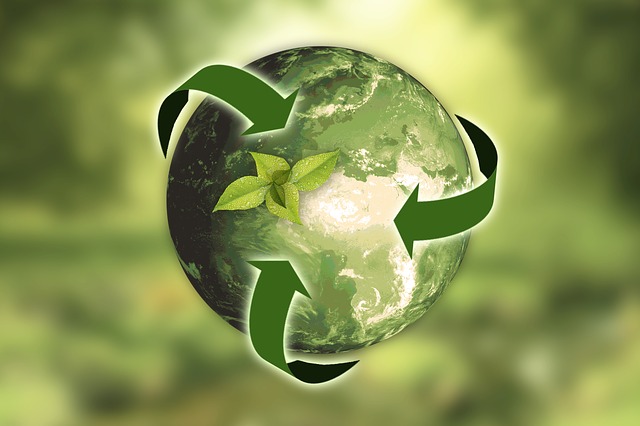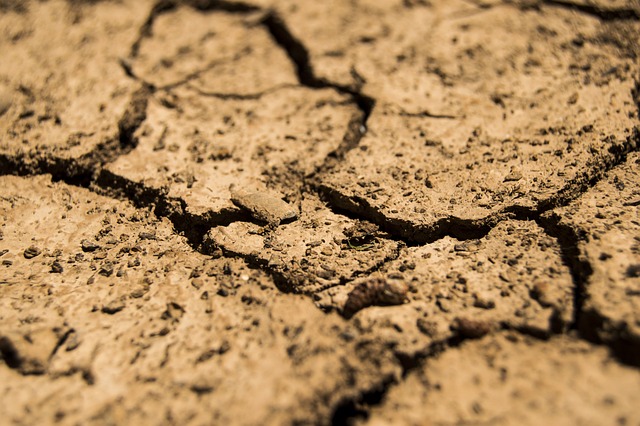INTRODUCTION
Dematerialisation could have varied definitions depending upon the scope of the subject. This term has significance for art, economics, products, securities, etc.
You may like to read: What Is Decarbonization And How To Do It Successfully?
WHAT IS MEANT BY DEMATERIALISATION?
The literal meaning of dematerialization is less material.
This term is defined as relative or absolute minimization in the mass of materials being used. It could also be defined as relative or absolute shrinkage in the volume of waste being generated from the unit production of economic output.
- Dematerialisation for products is defined as the minimization of materials being used for product generation while delivering the equivalent functions.
- Dematerialisation for the economy is defined as the minimization of materials being used for economic functions.
You might also like: All You Need To Know About Carbon Footprint And Its Importance
DEMATERIALISATION SUSTAINABILITY
UNEP has defined dematerialization sustainability as minimization in the total material and energy being used for any product or service and hence cause less environmental impacts.
STEPS OF DEMATERIALISATION
It includes reducing the usage of raw material for the production level, then followed by less input of material and energy for consumption level and finally reduction in waste generation for disposal stage.
EXAMPLES OF DEMATERIALISATION
Common examples of dematerialization in everyday life include mobile applications that include newspapers, audio and video, etc.
Also check out: What is Ecocide? Causes, Effects, and Solutions and Why Ecocide Should Be Made an International Crime?
APPLICATION OF DEMATERIALISATION
Dematerialisation phenomenon can be observed in day-to-day life. Some applications of this term are listed below.
DEMAT
DEMAT is another word for dematerialization. It is the process of holding an account in which the transfer of physical certificates into electronic form takes place. This process is thought of as a more secure form of data keeping than physical data. Due to reliable securities provided by the DEMAT account, dematerialisation could speed up financial trade.
DIGITAL CURRENCY
Paper-based notes or currency generation is quite an expensive process. Money is being dematerialised through digital currency. Cryptocurrency could represent this term logically, however Cryptocurrency comes with a plethora of negative environmental impacts of its own, check out Cryptocurrency Mining and Its Negative Impact on Environment for more information regarding it. Debit cards are being used for payment during, shopping, buying, and selling, etc.
DIGITAL DEVICES
Digital devices such as smartphones, tabs, and laptops represent dematerialization. The huge personal computers are now shrunk to lightweight digital devices with less electronic equipment.
Also check out: What’s Green Gentrification? Its Causes and Negative Impacts
DEMATERIALISATION – ENVIRONMENTAL SUSTAINABILITY BENEFITS
Dematerialisation has many benefits and positive impacts on the environment that lead to sustainability. Some benefits related to dematerialization are listed below.
- Fewer raw materials being used for products generation could save natural resources from overexploitation.
- Dematerialisation includes the motif of environmentally conscious consumers.
- The products being produced by the following dematerialisation also include eco-designs. Biodegradable plastic is an example.
- Dematerialisation could lead to the innovation of new techniques that assist in eco-friendly product generation.
- One of the greatest benefits associated with dematerialisation is waste recycling. Less waste generation is crucial for saving the environment from degradation.
You may also like: What Is Green Colonialism? – Everything You Need To Know
CONCLUSION
The human population is growing and environmental issues associated with increasing population are growing in intensity. Waste is generated by the world population in huge quantities and the ecosystem is subjected to degradation due to inappropriate waste disposal strategies. Natural resources such as oceans are being polluted with plastic pollution. In such a scenario, dematerialisation is a step towards environmental sustainability and reducing the burden on the developing economy.
Also check out: What is Greenwashing? – Types and Negative Effects
I hope you all liked this post! Please comment below if you have any suggestions, comments, or feedback! We at #envpk love hearing from our readers! Thanks!




